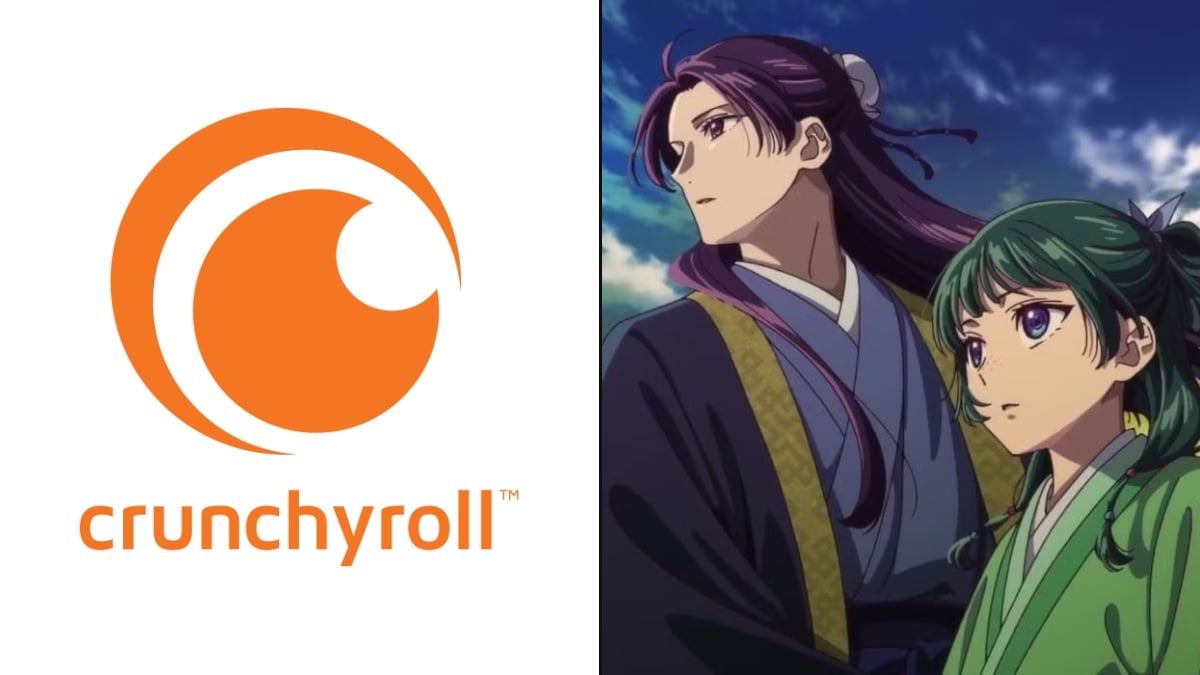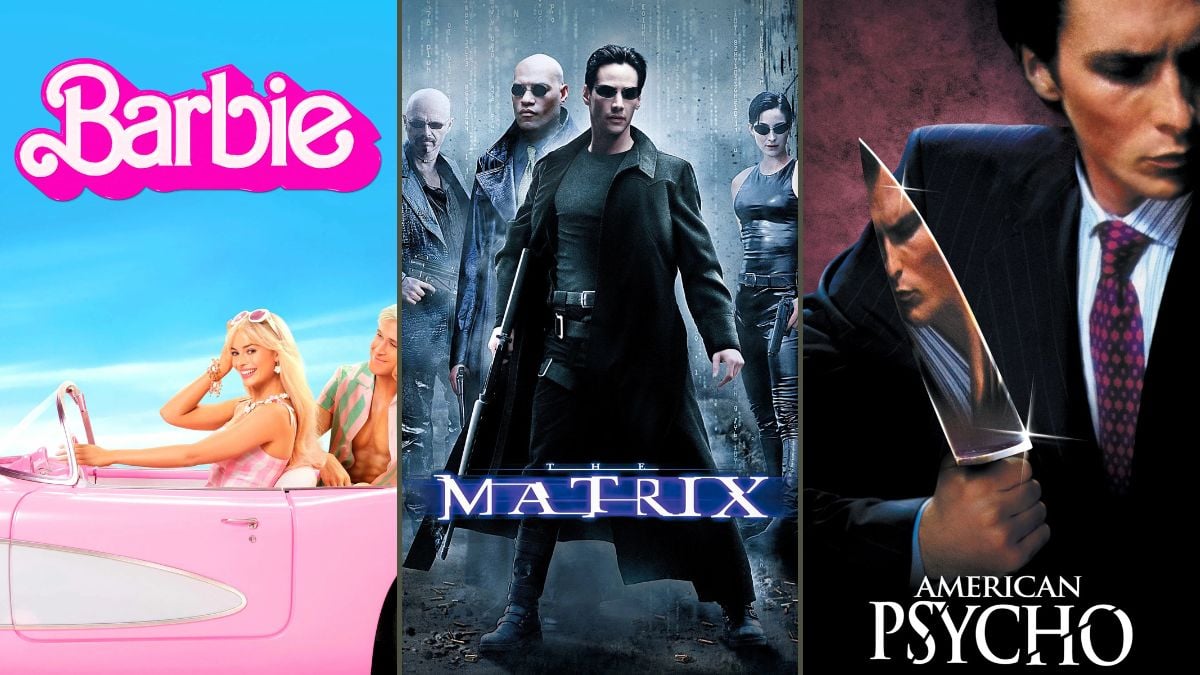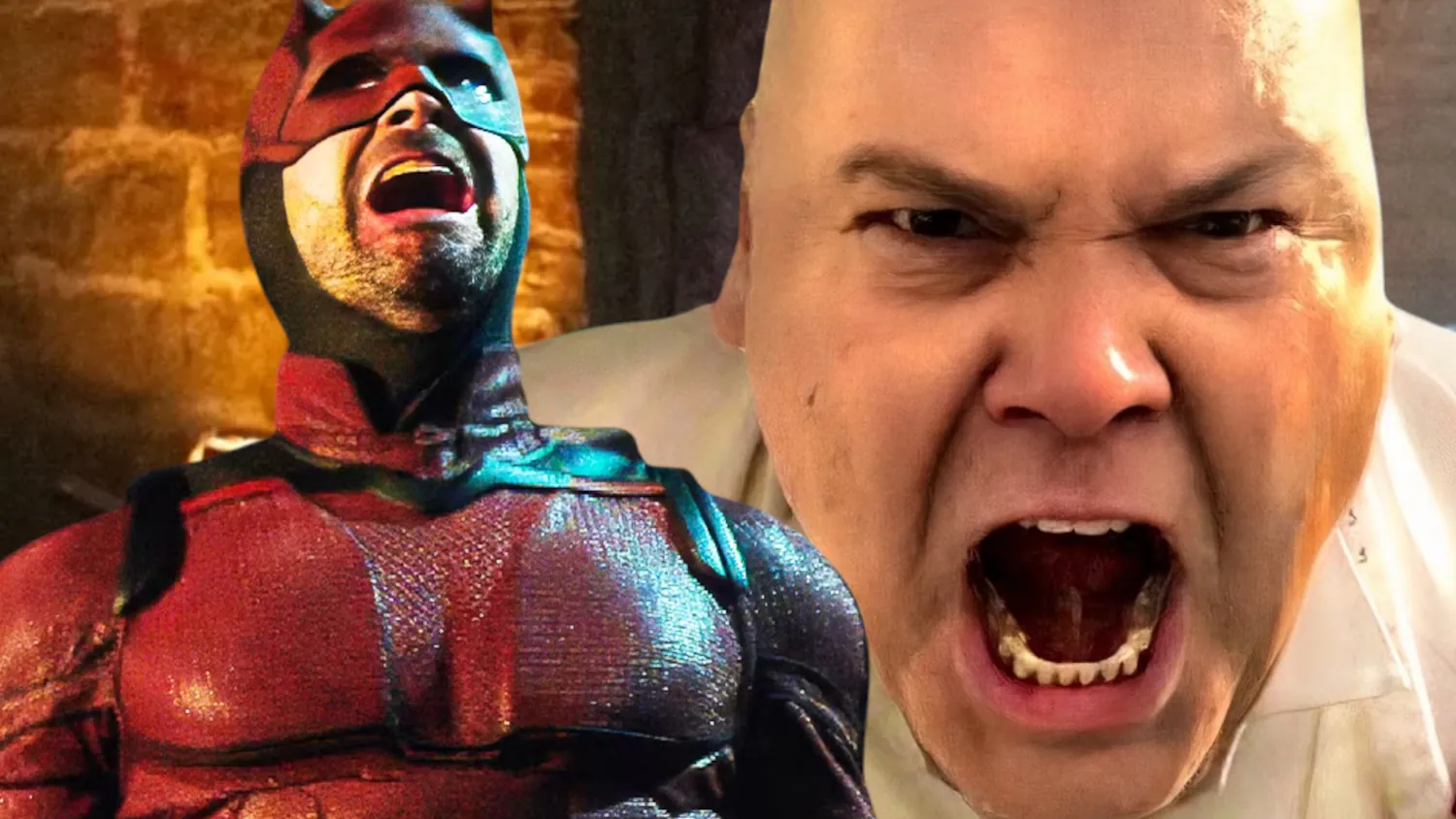Unmasking Complexity: The 15 Most Captivating Movie Antiheroes Ever!

As a cinephile, I’ve compiled a list of 15 unforgettable antiheroes from cinema that redefine the concept of a hero. Their captivating performances continue to resonate within me long after the final credits have rolled.





